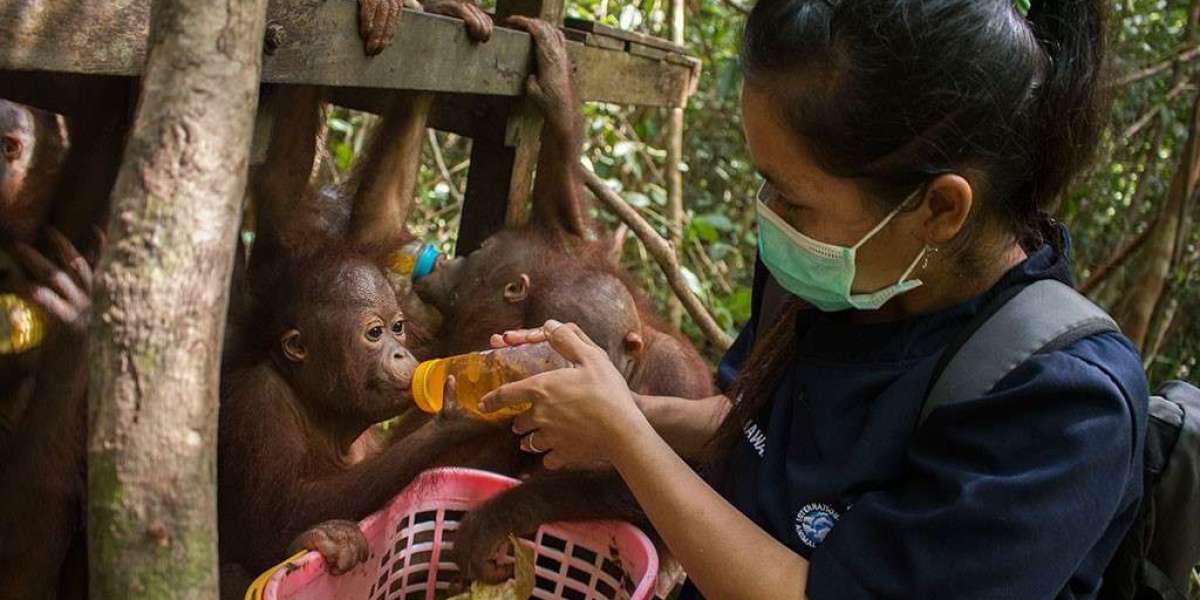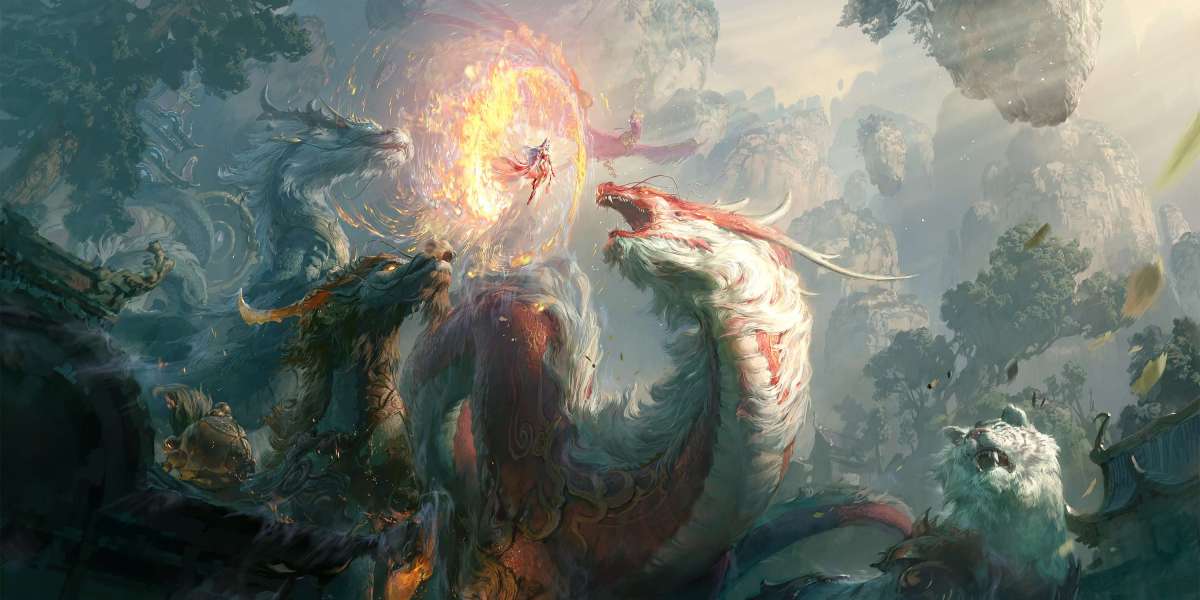The article is about pets that some people keep in their homes as pets.
In the intricate tapestry of the natural world, some creatures command awe and respect for their beauty and unique characteristics. However, it's essential to acknowledge that not all animals make suitable companions. Whether due to their wild instincts, venomous nature, or sheer size, certain pets and animals pose inherent dangers. In this exploration, we'll delve into the world of dangerous pets and animals, shedding light on the importance of responsible ownership and awareness.Exotic Pets: Exotic pets, often captivating with their vibrant colors and uncommon features, can be deceptively hazardous. Species like big cats, primates, and reptiles might seem appealing as companions, but they bring inherent risks. These animals retain their wild instincts, making them unpredictable and potentially dangerous. Ownership of such creatures requires extensive knowledge, proper facilities, and adherence to legal regulations to ensure both the safety of the owner and the well-being of the animal.Venomous Creatures: Venomous animals, from snakes to spiders, are equipped with a potent defense mechanism. While many individuals keep snakes as pets, understanding the specific needs and handling precautions is paramount. Additionally, some species may not be suitable for captivity due to their specialized diets or challenging environmental requirements.Large and Aggressive Breeds: Certain dog breeds are known for their strength and assertiveness, requiring responsible ownership to prevent potential hazards. Breeds such as certain mastiffs, Rottweilers, and others may pose risks if not adequately trained and socialized. It's crucial for owners to invest time and effort into proper training to mitigate the potential for aggressive behavior.Wild Animals: Wild animals, irrespective of their size, are best left in their natural habitats. Attempting to domesticate wild animals disrupts ecosystems and endangers both the animal and the owner. Animals like raccoons, squirrels, or even certain bird species might carry diseases and parasites that can be transmitted to humans.Invasive Species: The global pet trade has led to the introduction of non-native species into new environments, causing ecological imbalances. Releasing exotic pets into the wild can lead to the establishment of invasive populations, threatening native flora and fauna. Responsible pet ownership involves proper disposal or rehoming through authorized channels to prevent ecological disruptions.While the allure of unconventional pets and fascinating animals is undeniable, responsible ownership is paramount. Understanding the complexities and potential dangers associated with certain pets and animals ensures the well-being of both humans and the creatures they share their lives with. Awareness, education, and adherence to regulations are crucial components of fostering a harmonious relationship between humans and the diverse array of animals that inhabit our planet.
 Планируете заказать аттестат у надежного исполнителя? Заходите!
Планируете заказать аттестат у надежного исполнителя? Заходите!
 Как возможно быстро приобрести аттестат в онлайн магазине
Как возможно быстро приобрести аттестат в онлайн магазине
 Taste, Explore, Discover the Must-Visit Places in Kuala Lumpur for Every Type of Traveler
By Zahra zaik
Taste, Explore, Discover the Must-Visit Places in Kuala Lumpur for Every Type of Traveler
By Zahra zaik Интернет магазин, в котором возможно заказать диплом университета
Интернет магазин, в котором возможно заказать диплом университета
 Ценообразование дипломов - обзор специалистов
Ценообразование дипломов - обзор специалистов




Grace Jones 1 y
Good